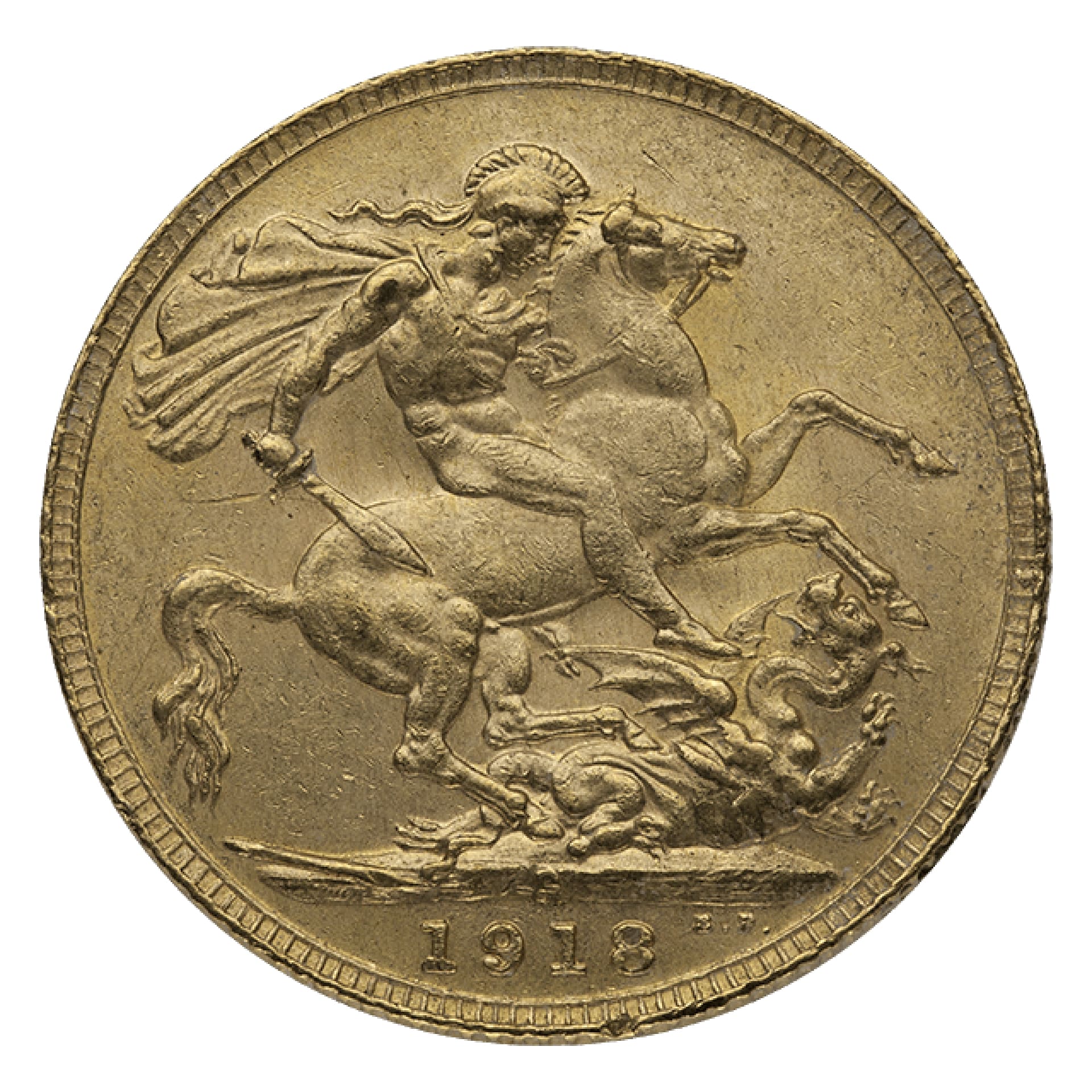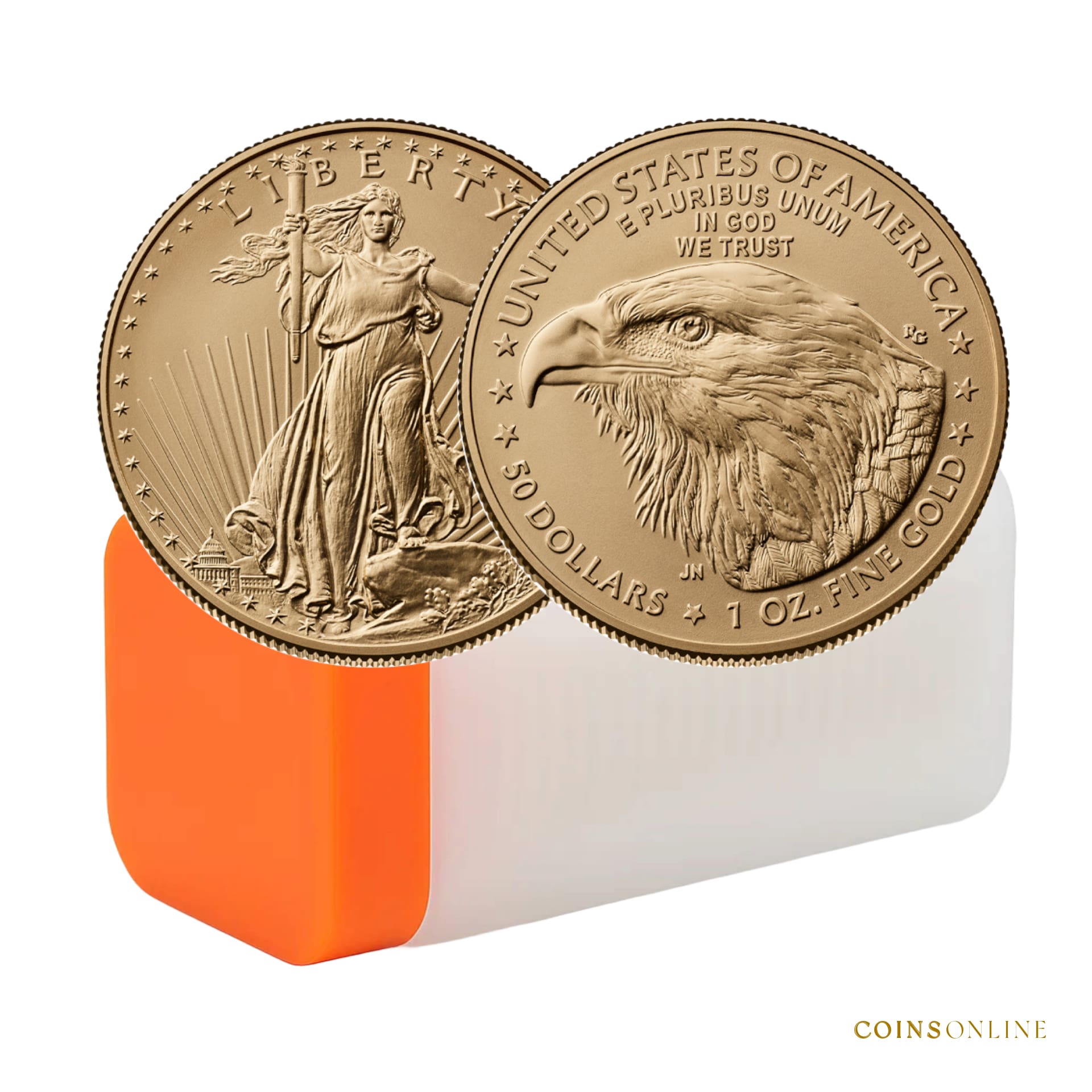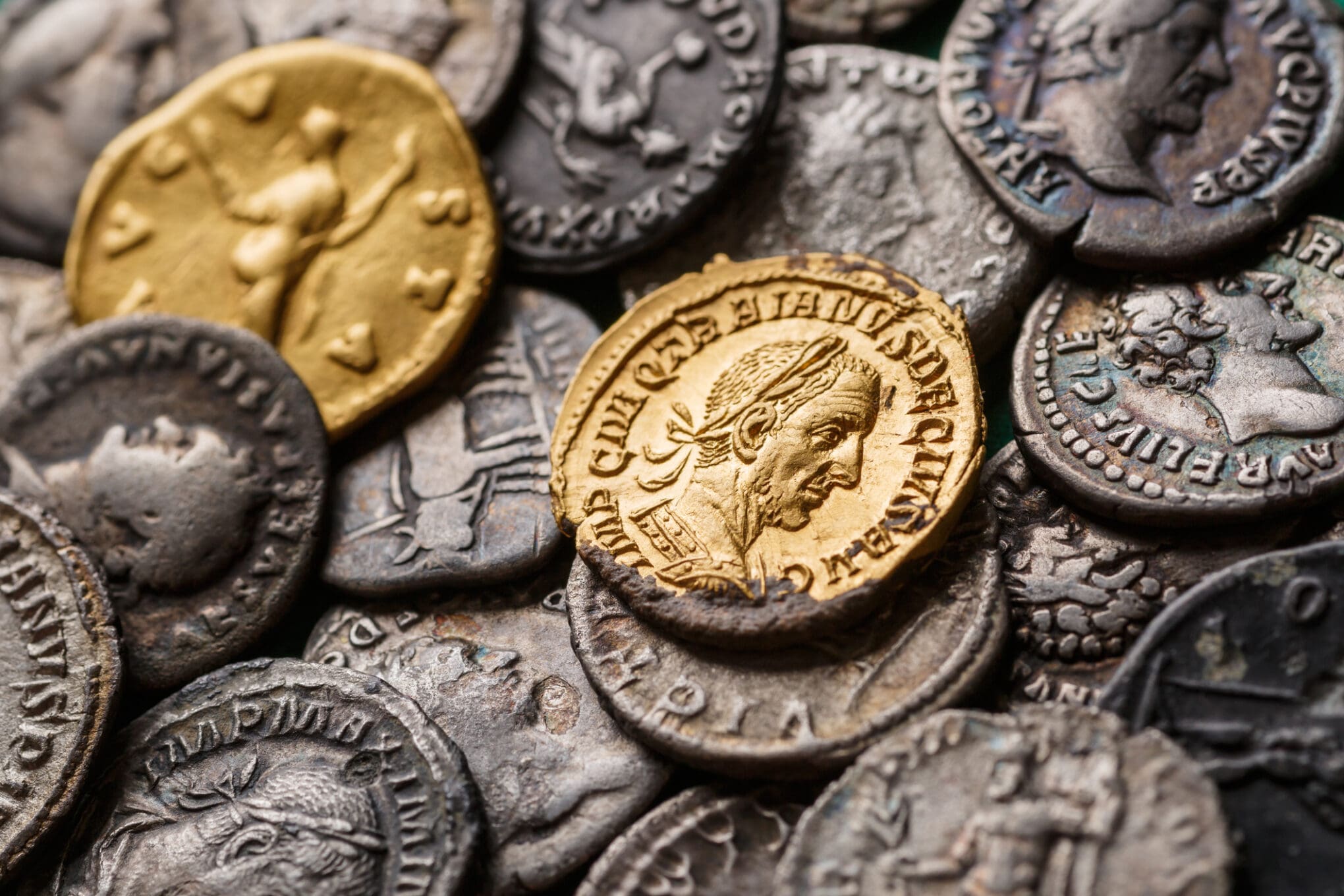Introduction: Why Gold Remains Valuable
Imagine a world where every exchange, every transaction, was made in pieces of gold. From the golden coins of the Romans to the Spanish doubloons of the high seas, gold has always been synonymous with wealth and power. But why did it become the “gold standard” for value in the first place? And why does it still hold such significance today? Join us on a journey back in time to explore how gold became the universal symbol of wealth.
The Ancient Love Affair with Gold
Gold’s story starts in ancient civilizations. The Egyptians adorned their temples and pharaohs in gold as a sign of divine power, while the Romans minted gold coins that traveled across their vast empire. Gold didn’t just look good; it had universal appeal. Unlike other metals, it doesn’t tarnish or decay, making it ideal for currency that could last through generations.
Product not found.
Gold as the Original Currency
By the 6th century BC, the first coins were minted in Lydia (modern-day Turkey), solidifying gold’s role in trade and commerce. Over centuries, countries moved to establish gold-based currencies, culminating in the 19th-century gold standard. Gold wasn’t just valuable; it was currency itself. This historical significance endures, as gold is still held by central banks around the world today.

Featured Product: British Gold Sovereign (Varied Year)
British Gold Sovereign, .9167 fine, varied year BU/AU. Features monarch portrait obverse and St. George reverse. Iconic and globally recognized gold coin.
The 20th Century Shift & Gold’s Role Today
As governments moved away from the gold standard, gold became an asset instead of currency. But its appeal remains the same; it’s seen as a store of wealth and a hedge against inflation. In today’s financial landscape, gold offers stability, trust, and a tangible asset that doesn’t lose value over time.

Featured Product: 2026 American Gold Eagle – Tube of 20 Coins (BU)
2026 Gold Eagle tube with 20 x 1 oz BU coins. .9167 fine gold, mint-sealed, and trusted as U.S. legal tender bullion.
Why Gold Remains Valuable The Timeless Story of Gold as Currency
Gold’s Enduring Role Across Generations
For over 5,000 years, gold has anchored trade, culture, and wealth. Empires have risen and fallen, but gold’s appeal has endured. It represents both permanence and adaptability, moving seamlessly from coins of the Roman Empire to bullion bars in modern vaults.
Why Gold Maintains Timeless Value
- Scarcity and Stability: Supply grows slowly, which preserves gold’s long-term trust.
- Cultural Recognition: From crowns to coins, gold carries universal meaning across civilizations.
- Tangible Security: Unlike digital or paper assets, gold can be held, stored, and passed down.
- Global Acceptance: No other metal enjoys the same level of worldwide liquidity and recognition.
Collector Takeaways
- Focus on sovereign-minted coins for global recognition, like the American Gold Eagle or Canadian Maple Leaf.
- Understand purity markings (.9999 or .9167) to evaluate authenticity and trustworthiness.
- Preserve coins and bars with assay packaging or capsules to maintain condition and resale appeal.
- Record family history tied to your gold—collections gain emotional as well as financial legacy.
How Coins Online Keeps Gold’s Legacy Clear
Our Freedom Guarantee ensures transparency, education, and authenticity in every listing. We strip away hype and focus on clarity—empowering you to collect gold with confidence and context. Every purchase is vetted for purity and provenance so you can build a collection that endures across generations.
Related Collector Resources
Understanding Gold Purity and Hallmarks
What Is an Assay Certificate and Why It Matters
Gold Coins vs Gold Bars Whats Better for Beginners
Want to bring a piece of this rich history into your collection? Browse our collection of gold coins that have stood the test of time. Next month, we’ll explore how bullion can be both an investment and a collector’s item.
Frequently Asked Questions About Gold’s Lasting Value
Why has gold remained valuable for thousands of years?
Gold is scarce, durable, and universally recognized across cultures. Its physical properties and historic use as currency have preserved its value for millennia.
What role did gold play in early civilizations?
From ancient Egyptian jewelry to Roman coinage, gold symbolized wealth, power, and stability. Its consistent use reinforced global trust in its value.
Is gold still considered a currency today?
While modern economies use fiat money, gold remains a universal store of value. Central banks and collectors continue to hold gold as a trusted reserve asset.
How does gold compare with other precious metals?
Gold is more widely recognized and liquid than metals like platinum or palladium. Its cultural symbolism and lower industrial dependency strengthen its timeless appeal.
How can collectors preserve gold’s value?
Choose authentic, well-recognized coins and bars, maintain original packaging, and keep detailed records. This supports both authenticity and legacy planning.


Leave a Reply